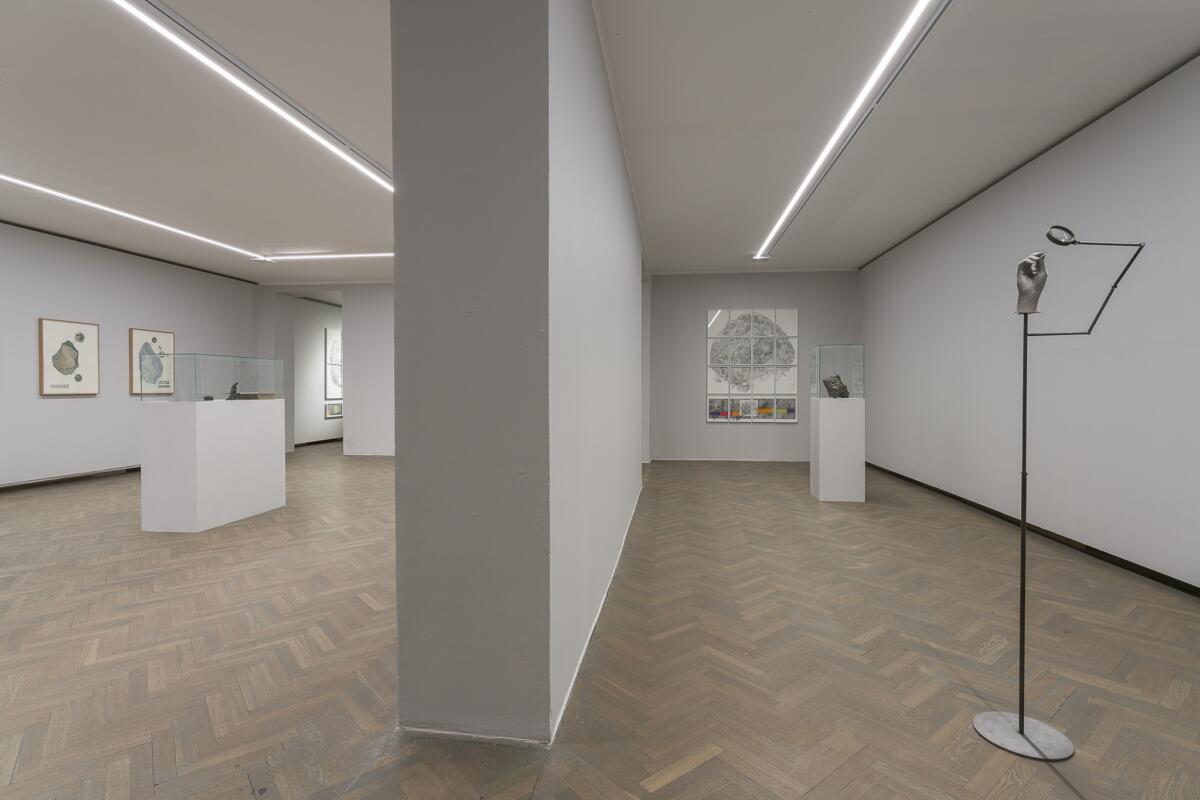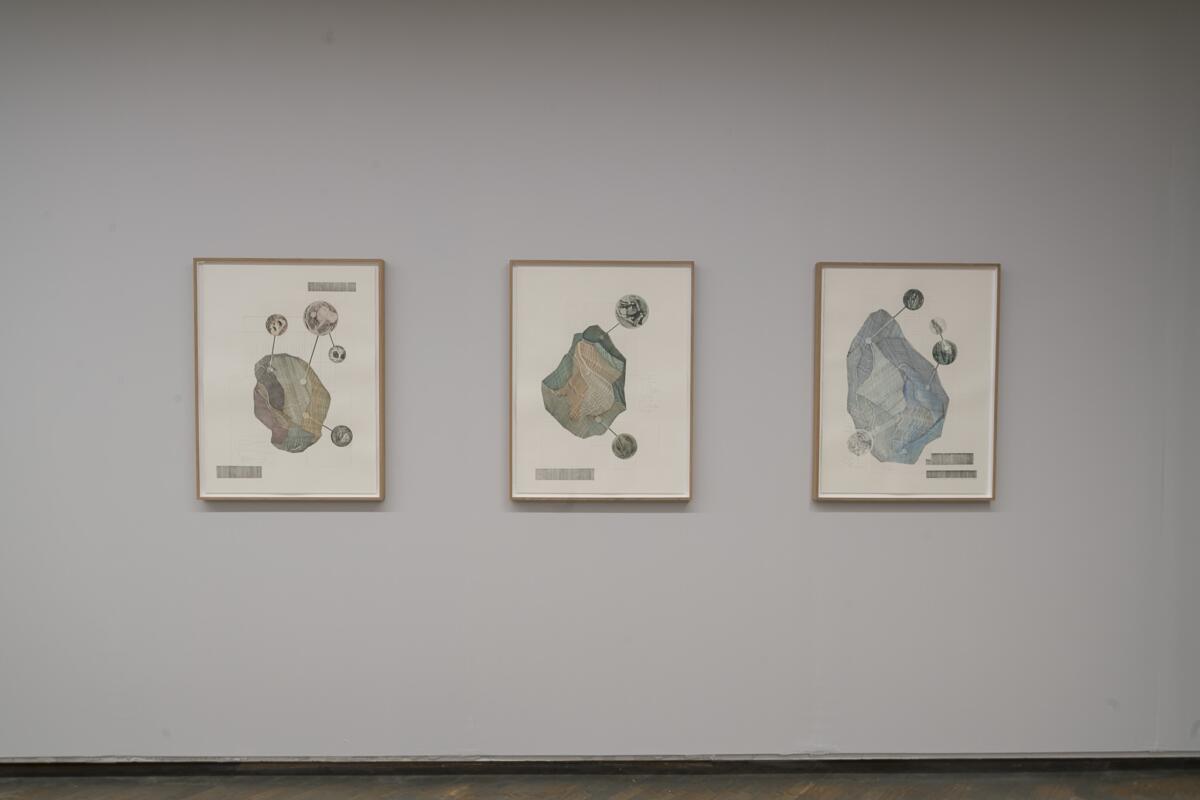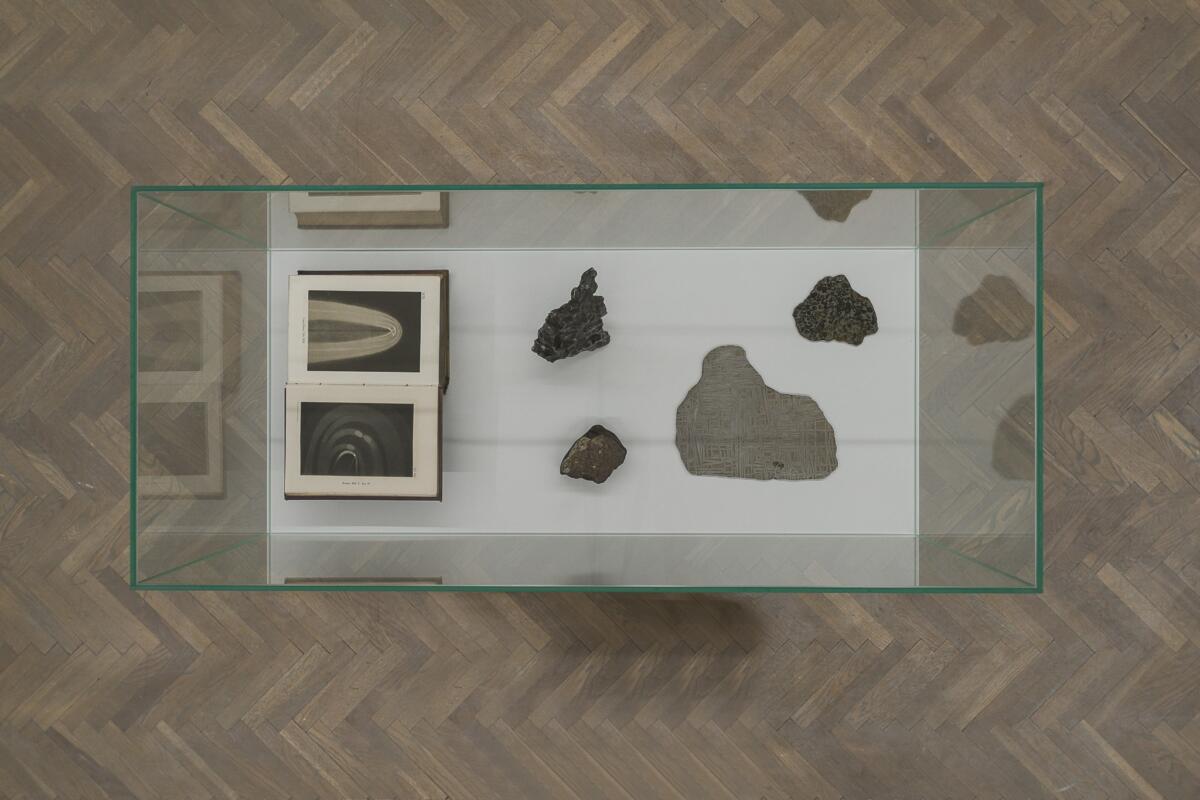[EN/PL] ‘Where The Sun Goes To Sleep’ by Amélie Bouvier at Arsenal Gallery in Białystok
![[EN/PL] ‘Where The Sun Goes To Sleep’ by Amélie Bouvier at Arsenal Gallery in Białystok](http://blokmagazine.com/wp-content/uploads/2021/05/11-1200x800.jpg)
[EN]
“The air, otherwise quite calm, resounded with a mighty explosion […] a forceful whoosh was heard, accompanied by loud thuds of corporal agents upon impact with the ground at multiple locations”, wrote Jan Wolski, secondary school teacher from Białystok, in an eye witness testimony-based account of a meteor shower which befell the village of Fasty near Białystok on October 5th 1827. Wolski’s account was of great historical importance, given the state of scientific research of meteorites developing rather dynamically at the time, its origins dating back to the publication of early books on the subject by Ernst Chladni and Jean-Baptiste Biot at the turn of the 19th century. The teacher’s account, published at a time of shifting cultural perceptions driven by the aesthetics of Romanticism, was exemplary of a new narrative style referencing the effects of the cosmos on Earth, and based on eye witness testimonies. Meteor shower reports contributed to advancements in astronomy and geology, while remaining firmly embedded in the imagination and spirituality of 19th-century arts and literature.
Today, when mankind seems to be sharing a common disregard for natural environment, the meteor shower phenomenon continues to provide evidence of how cosmic matter and energy tangibly interfere with our world. Objects reaching us from outer space look familiar, their shapes resembling rocks and minerals, abstract sculptures and precious objects. The moment of explosion affords a view of streaks of light against the sky, and the shrill audio of the blast. Historical testimonies of 19th-century witnesses, as well as accounts by contemporary media, serve to confirm the significant influence of objects from outer space on human comprehension of the sheer force of nature. What we are left with is continued observation and study of Big Bang remains, which, coupled with artistic and literary visions, provide us with a reminder of what we might expect in the future.
Amélie Bouvier’s exhibition, located near the site of the historic meteor shower of 1827, contextualizes historical narratives with contemporary interpretations. Unlike museums specialising in scientific presentations of geological objects, meteorites selected for the exhibition have been juxtaposed with artworks (sculptures, paintings, works on paper and video), shoulder to shoulder with 19th-century scientific publications. The objects themselves are on loan from private collections and the collection of the Museum of the Earth, Polish Academy of Sciences. Pondered in their entirety, they become a reflection on cosmic encounters with the Earth simultaneously in science, literature and art.



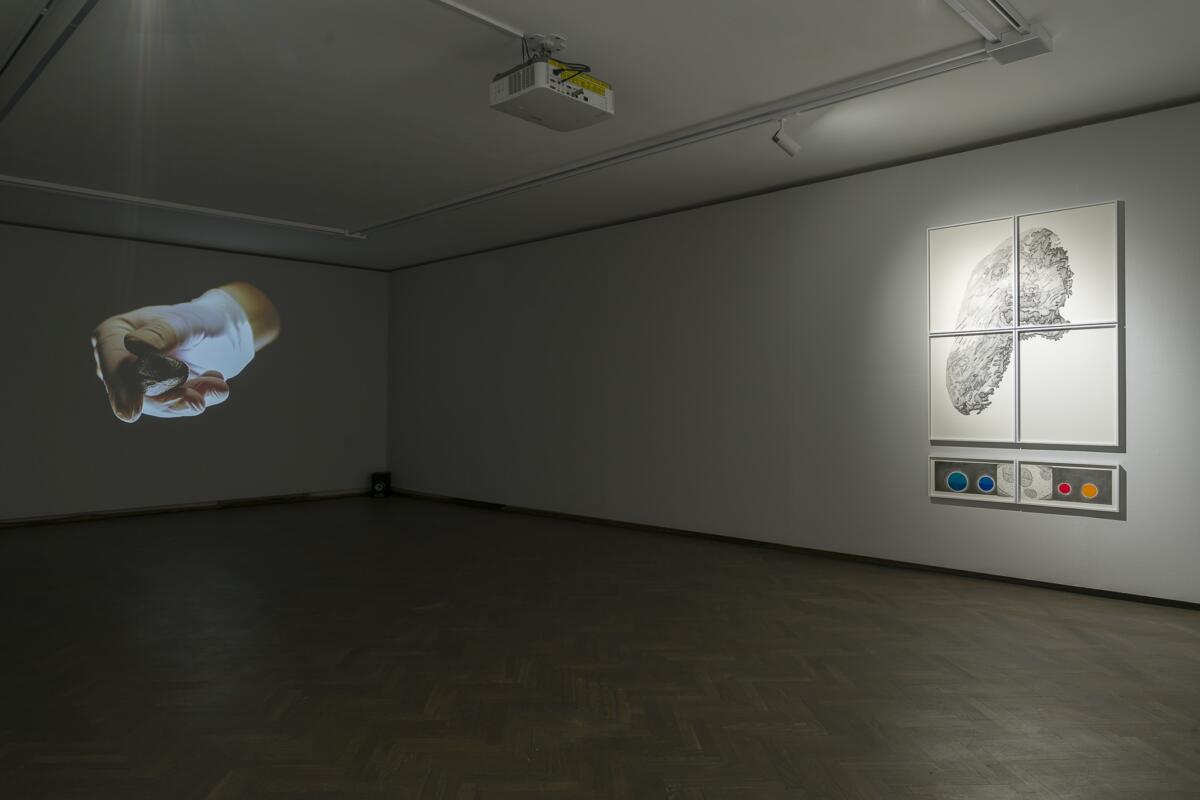

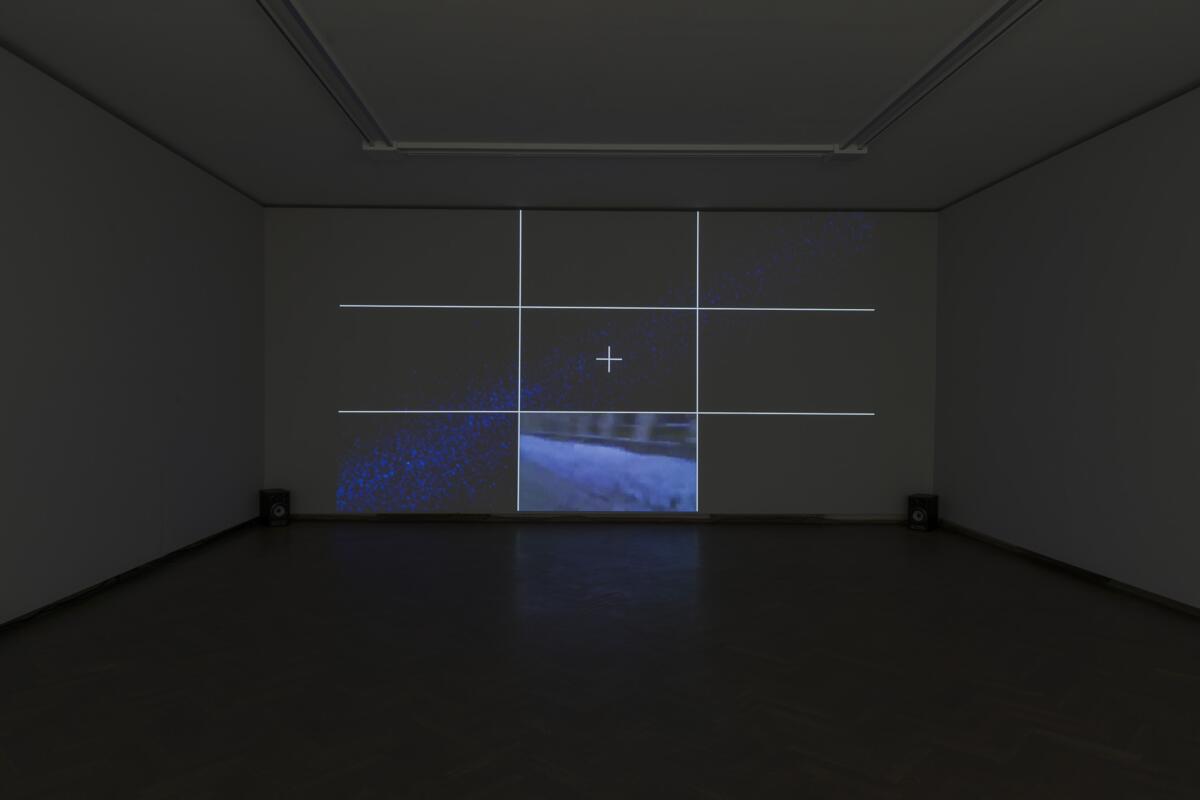


[PL]
„[D]ała się słyszeć nagle wielka eksplozja w powietrzu […], po czym nastąpił mocny świst, połączony z dźwiękiem ciał szybko spadających, i silne uderzenie w kilku miejscach o ziemię” – tak Jan Wolski, nauczyciel białostockiego gimnazjum, opisał na podstawie relacji świadków deszcz meteorytów, który spadł 5 października 1827 roku w podbiałostockiej wsi Fasty. Relacja ta miała ogromne znaczenie z uwagi na rozwijające się w tamtym czasie badania naukowe nad meteorytami – ich początek datuje się na publikacje książek Ernsta Chladniego i Jeana-Baptiste’a Biota z przełomu XVIII i XIX wieku. Tekst Wolskiego, opublikowany w czasie kulturowych przemian powodowanych estetyką romantyzmu, był przykładem nowej narracji wokół spotkań Kosmosu z Ziemią, opartej na zeznaniach naocznych świadków. Relacje o deszczach meteorytów przyczyniły się do rozwoju nauk astronomicznych i geologicznych, a zarazem osadzone były w literacko-artystycznej wyobraźni i duchowości XIX wieku.
Obecnie, kiedy ludzkość zdaje się powszechnie nie respektować środowiska naturalnego, zjawisko deszczu meteorytów wciąż jest dowodem namacalnej ingerencji materii i energii kosmicznej w nasze otoczenie. Obiekty docierające na Ziemię z przestrzeni kosmicznej pozornie wyglądają znajomo – przypominają kształtem kamienie i minerały, abstrakcyjne rzeźby i drogocenne przedmioty. Moment eksplozji pozwala nam zobaczyć oślepiające światło szybujące na tle nieba i usłyszeć przeraźliwy odgłos wybuchu. Zeznania XIX-wiecznych świadków, jak również relacje współczesnych mediów są potwierdzeniem znaczącego wpływu obiektów z przestrzeni kosmicznej na zrozumienie przez człowieka sił natury. To, co nam pozostaje, to ciągła obserwacja i badanie pozostałości wielkich eksplozji, które wespół z wizjami artystycznymi i literackimi uzmysławiają nam, co może czekać nas w przyszłości.
Wystawa Amélie Bouvier prezentowana jest nieopodal miejsca, w którym w 1827 roku spadł deszcz meteorytów. Kontekstualizuje przez to historyczne narracje ze współczesnymi interpretacjami. Inaczej niż w muzeach specjalizujących się w naukowej prezentacji obiektów geologicznych, wybrane na wystawę meteoryty z kolekcji prywatnych oraz ze zbiorów Muzeum Ziemi PAN zestawione są nie tylko z publikacjami naukowymi z XIX w., ale też ze współczesnymi pracami artystycznymi: rzeźbami, obrazami, pracami na papierze i wideo. Rozpatrywane jako całość stanowią refleksję na temat spotkań Kosmosu z Ziemią jednocześnie w obszarach nauki, literatury i sztuki.
Imprint
| Artist | Amélie Bouvier |
| Exhibition | Where The Sun Goes To Sleep |
| Dates | 10 April – 02 June 2021 |
| Curated by | Przemysław Strożek |
| Photos | Maciej Zaniewski |
| Website | galeria-arsenal.pl |
| Index | Amélie Bouvier Arsenal Gallery in Białystok Przemysław Strożek |

